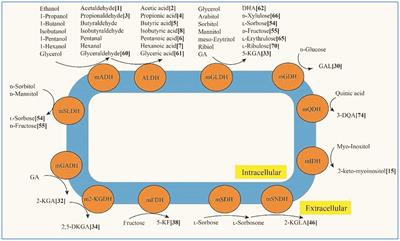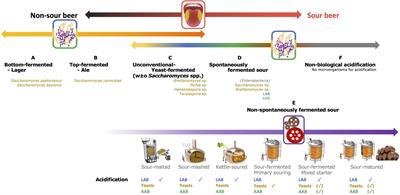EDITORIAL
Published on 31 Jan 2023
Editorial: Acetic acid bacteria

doi 10.3389/fmicb.2023.1142659
- 1,823 views
- 3 citations
13k
Total downloads
75k
Total views and downloads
EDITORIAL
Published on 31 Jan 2023

ORIGINAL RESEARCH
Published on 07 Dec 2022

ORIGINAL RESEARCH
Published on 24 Nov 2022

ORIGINAL RESEARCH
Published on 17 Nov 2022

ORIGINAL RESEARCH
Published on 12 Oct 2022

ORIGINAL RESEARCH
Published on 29 Sep 2022

ORIGINAL RESEARCH
Published on 29 Sep 2022

ORIGINAL RESEARCH
Published on 16 Aug 2022

MINI REVIEW
Published on 04 Aug 2022

ORIGINAL RESEARCH
Published on 02 Aug 2022

ORIGINAL RESEARCH
Published on 19 Jul 2022

ORIGINAL RESEARCH
Published on 21 Jun 2022
